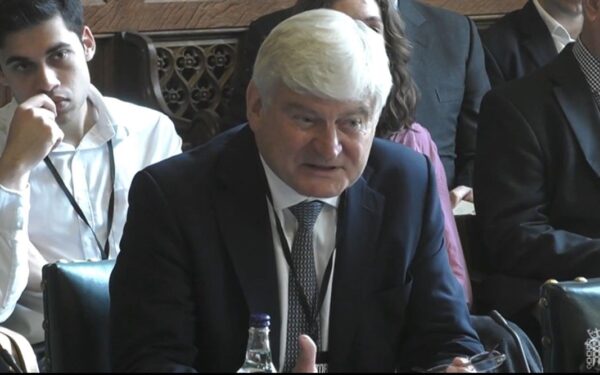Next Wednesday the UK chancellor of the exchequer, Jeremy Hunt, will present his Autumn Statement, which covers taxation, public expenditure and public debt. In some ways things have improved since Mr Hunt’s budget statement in March. Growth has outperformed the Office for Budget Responsibility’s (OBR) March GDP forecasts, government revenues have come in well ahead of expectations and public debt is on a lower than planned trajectory.
The upshot is that the chancellor probably has some headroom to raise public spending or reduce taxes while still meeting the government’s rules for limiting debt and borrowing. But dig into the details of the public finances and you find a far less rosy picture.
Activity has indeed come in better than expected this year, but growth has slowed and, in the third quarter, ground to a halt. The outlook for next year has weakened considerably. In the Autumn Statement, the OBR is likely to scale back its 2024 GDP forecast from 1.8% to perhaps 0.2%. Slow growth makes the business of repairing the public finances infinitely more difficult.
Agreed, government revenues are in better shape because of high inflation, a strong jobs market and faster than anticipated wage growth. But high inflation also spells increased government spending, and higher public sector pay, for which little provision has yet been made. Focussing on the revenue windfall from rising inflation without assessing the costs still to come misses half the picture.
Interest payments on government debt have risen sharply in the last 18 months and are squeezing resources available for public services. This year, the UK is likely to spend around 3% of GDP on servicing public debt, three times the level two years ago. Debt interest is now a major item of government expenditure and an unavoidable call on public resources.
High wages and inflation and rising interest payments are not the only challenges. Spending on benefits that relate to ill health and disability has risen sharply because of the pandemic. By 2027-28, the Resolution Foundation estimates that the real level of spending on these benefits will be 40% higher than at the end of the pandemic in 2021-22. The government’s third fiscal rule, that certain welfare payments to working-age households should be capped, seems likely to be missed because of the rising cost of incapacity and disability benefits. Like many fiscal rules before it, this one may be jettisoned.
The Autumn Statement could include a tightening of eligibility rules for illness and disability benefits designed to curb costs and get more people back to work. The government could go further in search of larger savings, by uprating benefits for working-age households by less than inflation. However, this would exacerbate what is already likely to be a reduction in spending power next year for almost half of the working population, caused by the ending of extra cost of living payments.
Underlying all of these pressures is the upward trajectory of spending on health, benefits and social care caused by an ageing population.
There are challenges on the tax side too. The government may find it difficult not to limit or freeze planned increases in fuel duty in what will be an election year. The decision by the government to freeze the personal allowance and the higher rate threshold for income tax at 2021-22 levels until 2027-28 will boost government revenues. But it will exercise a significant and growing drag on consumer spending power and may be politically difficult to sustain.
Economic policy is about trade-offs, and when it comes to public spending, tax and borrowing, those trade-offs are becoming more difficult.
Step back and the challenges become even clearer. Levels of public debt relative to GDP are at the highest level in 60 years. The tax burden was last higher in the late 1940s, amid the building of the welfare state by the post-war Labour government. Far from an age of austerity, public spending as a share of GDP is high by post-war standards.
The problem is that spending has not kept pace with soaring needs. The latest British Social Attitudes Survey shows satisfaction with the NHS and social services has never been lower while public support for an expanded role for government has reached record levels.
A general election is due by January 2025 but seems more likely to take place within the next 12 months. If, as current polls suggest, Labour wins, Keir Starmer will confront a vastly different fiscal picture from the one that greeted his predecessor, Tony Blair, in 1997.
The UK’s trend growth rate today is roughly 60% of the levels that prevailed in the late 1990s. Debt levels are twice as high today. Public spending and taxes account for a higher share of GDP than in 1997.
Governments of whatever hue face a tight fiscal situation. Without faster growth, material increases in public spending will require more borrowing or higher taxes.
So yes, the growth and revenue story for next week’s Autumn Statement is better than had been expected. The chancellor has more ‘fiscal headroom’ than seemed likely in March. Look into the details and a different story emerges. Squaring the circle of borrowing, taxation and public expenditure is difficult at the best of times – and much harder when, as today, growth is weak.
Write to us with your comments to be considered for publication at letters@reaction.life




